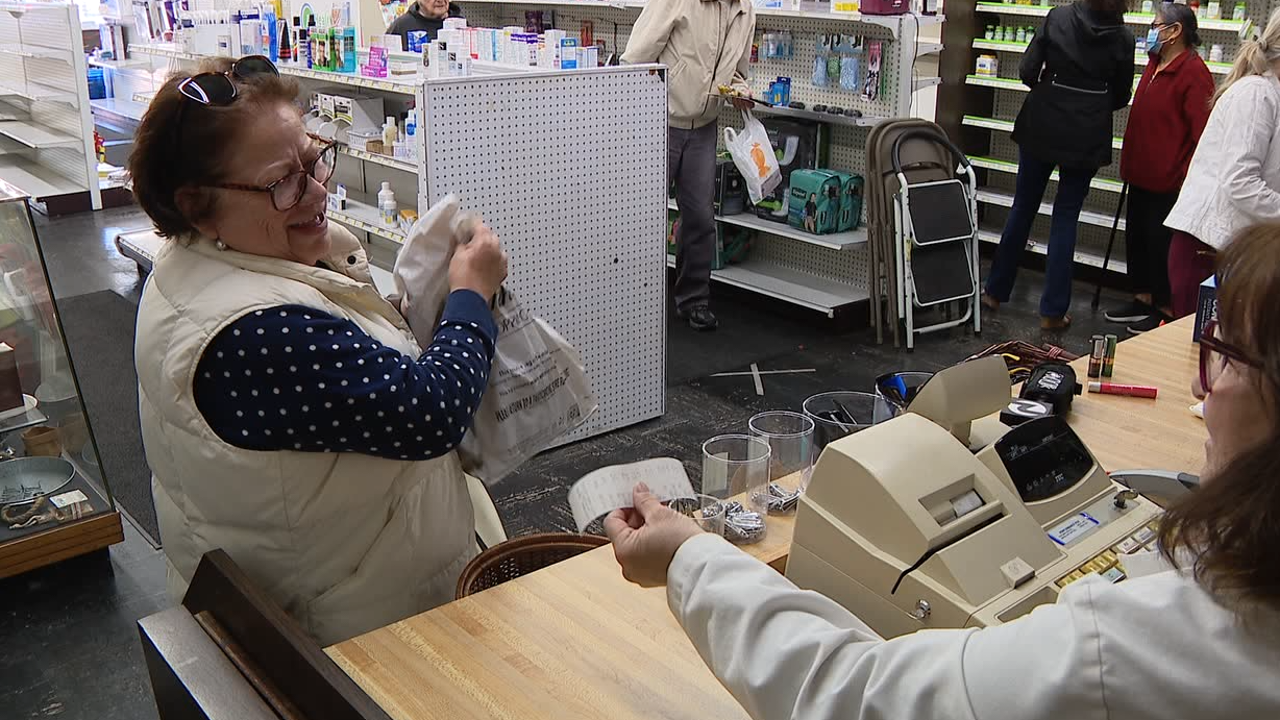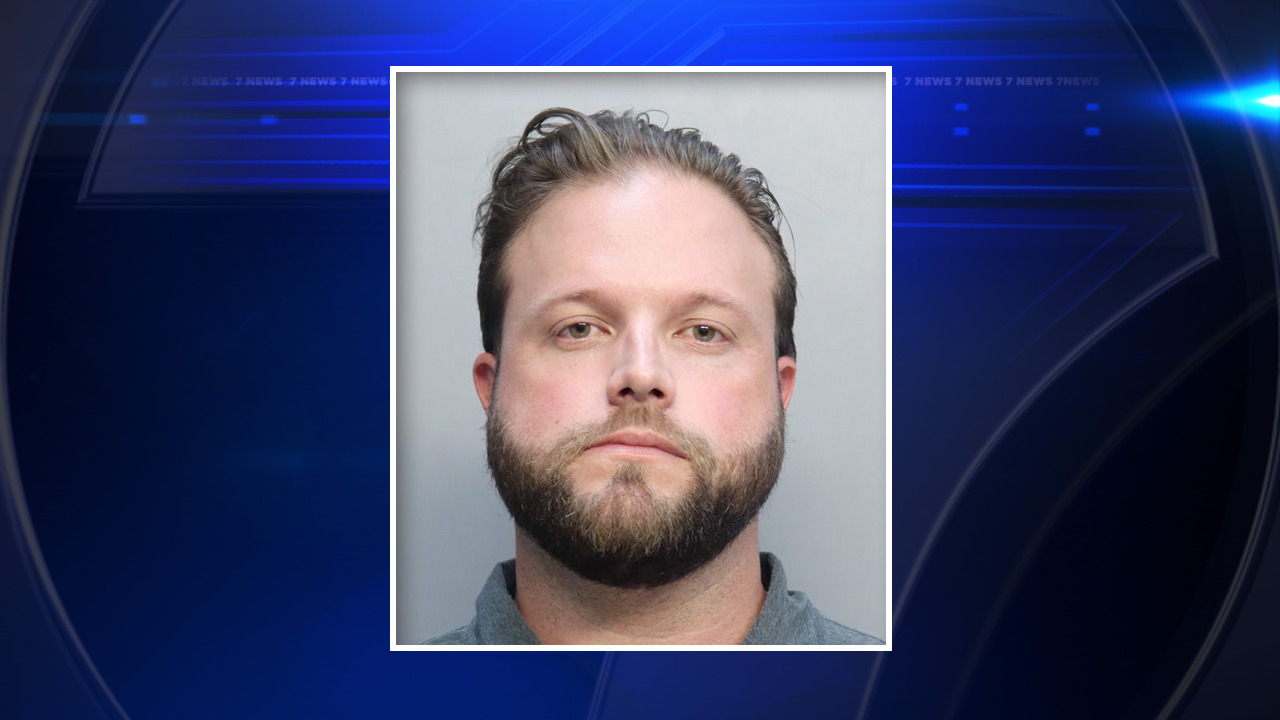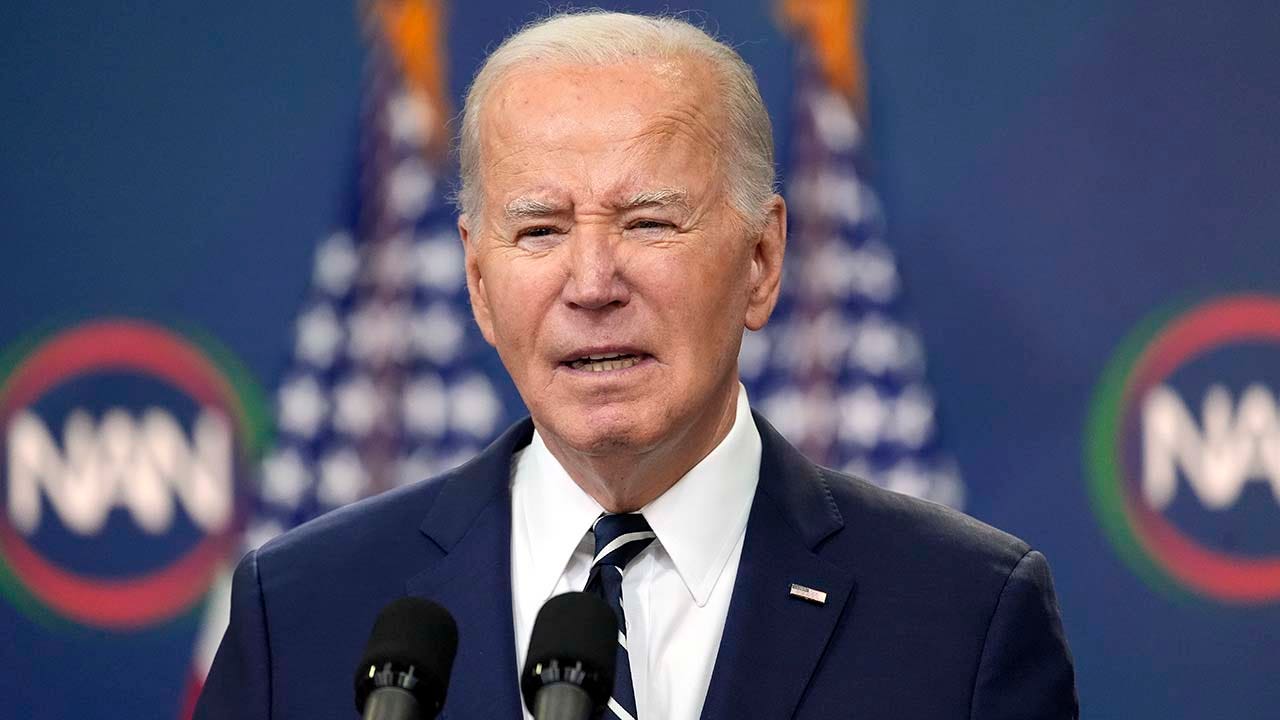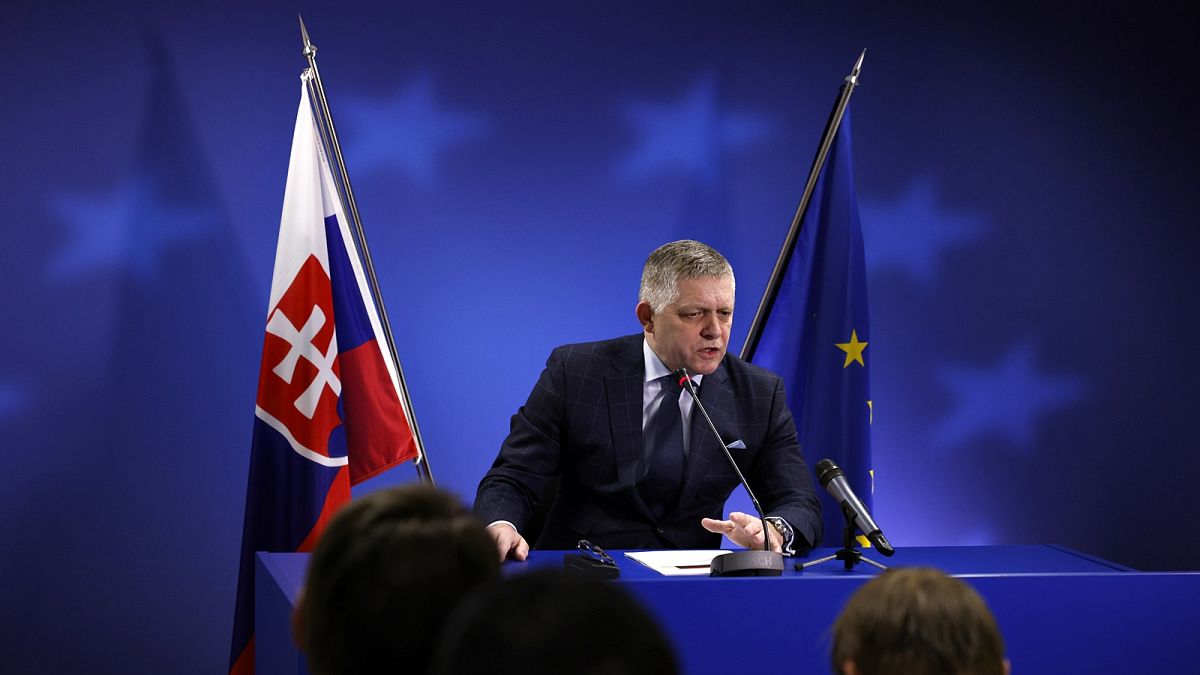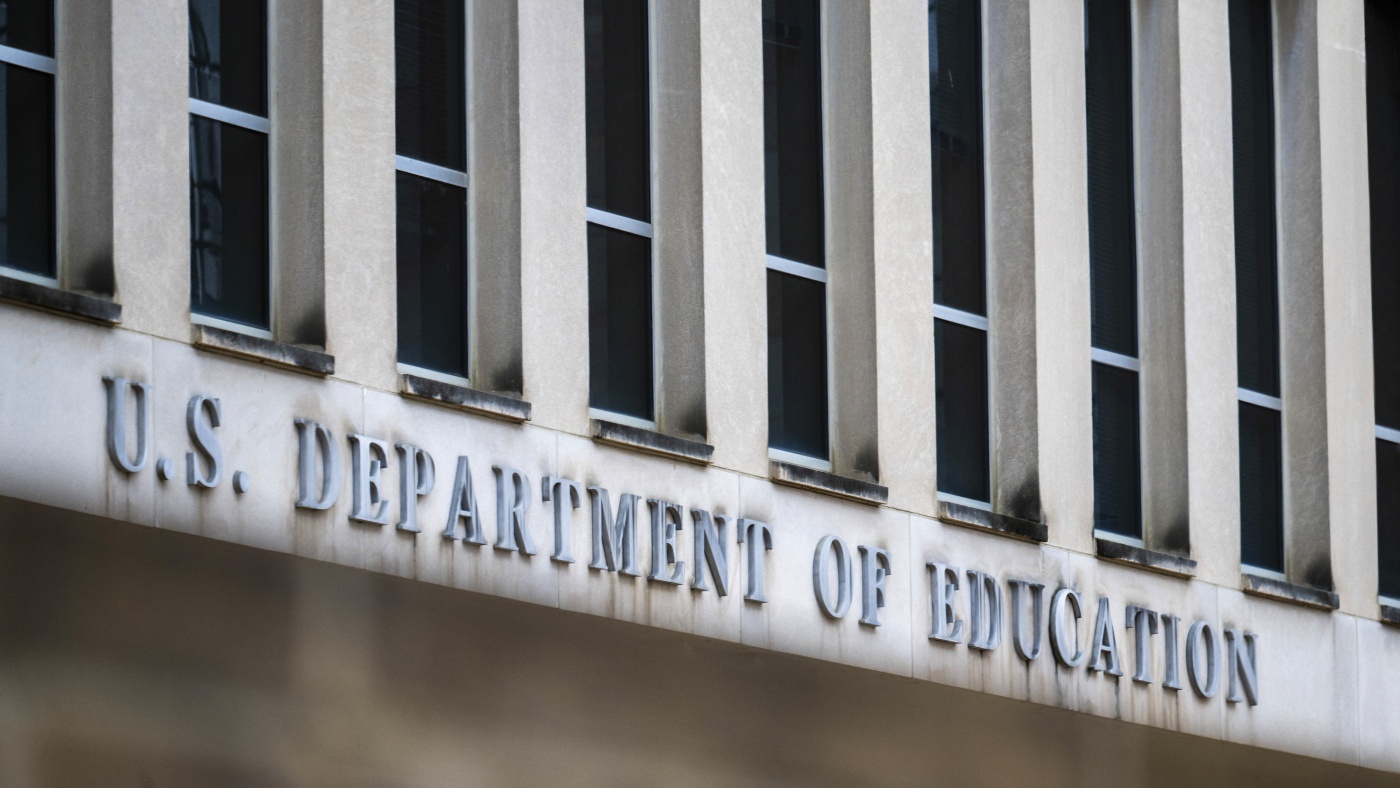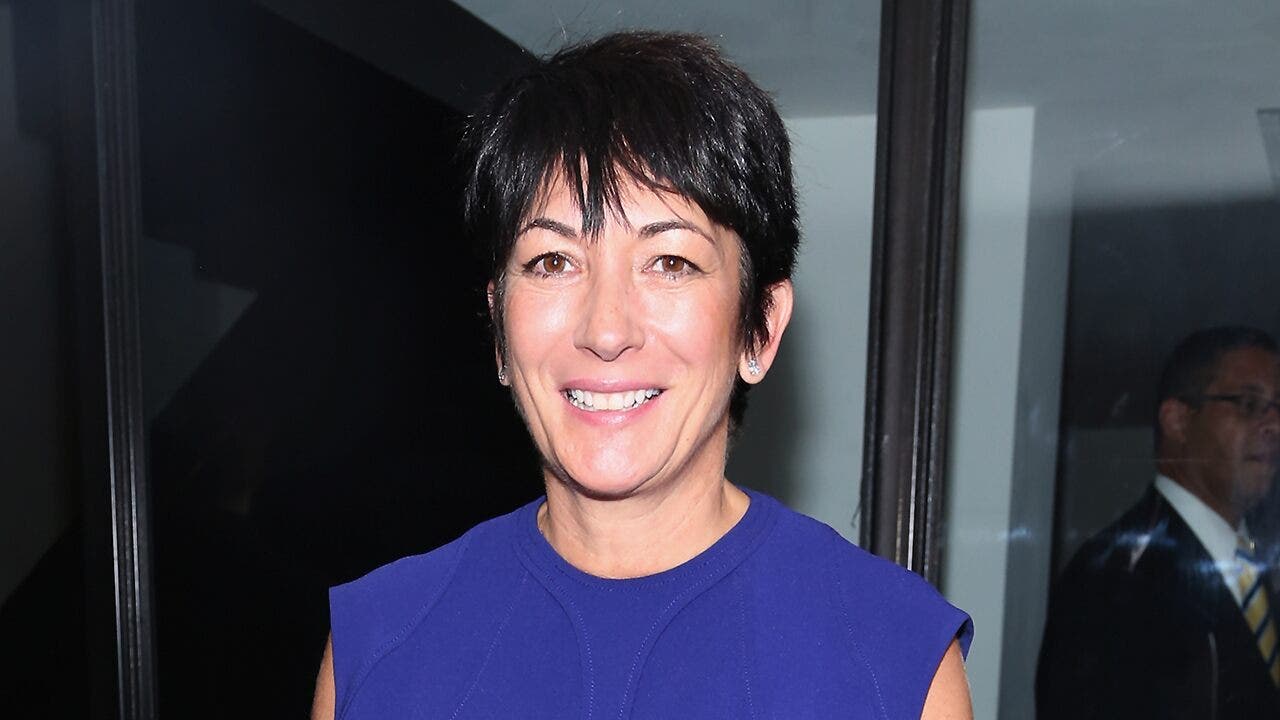Boston, MA
Who got into Boston’s exam schools this fall? BPS offers an initial glimpse at the data – The Boston Globe

The success rate of applicants receiving invitations to attend Boston exam schools next fall varied widely based on the socio-economic conditions of where they live, according to data released by Boston Public Schools Wednesday night.
Overall, 976 applicants for the seventh grade out of a total of 1,348 received admission offers, which were sent out two weeks ago, while 440 applicants for the ninth grade out of a total of 666 got into Boston Latin School, Boston Latin Academy, and the O’Bryant School for Math and Science.
Students entering the exam schools this fall are the third group to be admitted under a three-year-old admission policy that aims to increase student diversity at the city’s exam schools, especially its flagship Latin School.
How were admission decisions made?
BPS divides applicants into eight tiers based on the socioeconomic conditions of where they live. Admission decisions are then made by tier based on grades and standardized test scores. Many applicants also receive up to 10 bonus points if they attend a high-poverty school, or 15 points if they are homeless, live in certain public housing, or are in the care of the state Department of Children and Families.
The policy, which aims to increase the racial, socio-economic and geographic diversity of those admitted, has led to great variation in outcomes per tier depending upon the number of applicants received.
Wednesday night’s data did not include a demographic breakdown by race, ethnicity, or income status —that is expected to be released in the coming weeks as part of a more comprehensive data analysis.
How did admission offers vary by tier?
In tier 1, where the greatest concentration of low-income students reside, all 115 applicants for grade seven received an admission offer to one of the exam schools. In tier 8, where there were 270 applicants for grade seven — the most of any tier — 45 percent, or 123 applicants, got in.
In grade 9, where the applicant pool is much smaller, only 55 applicants in each tier received admission offers, although the number of applicants per tier varied. Tier 3 had the lowest number of applicants with 75 and tier 8 had the largest number of applicants, 99.
How did the composite score vary by tier?
Not surprisingly, there were big differences in average composite scores among the applicants who received invitations.
In tier 8, the most competitive tier, seventh-grade applicants who got into Latin School had an average composite score of 98.8; for Latin Academy it was 97.1; for the O’Bryant, it was 96.5. Tier 8 had the highest average composite scores across the board.
By contrast, seventh-grade applicants in tier 1 had an average composite score of 80.5 for Latin School; 65.6 for Latin Academy; and 64.6 for the O’Bryant. Tier 1 had the lowest average composite score for Latin School and Latin Academy and the second lowest for the O’Bryant.
For grade 9, composite scores for applicants receiving invitations to Latin School ranged from 100 in tier 6 to 93.7 in tier 3; for Latin Academy the average composite score ranged between 97.6 in tier 8 to 85.7 in tier 3; and for the O’Bryant it ranged between 89.2 in tier 8 and 70.2 in tier 5.
Any thing more about the bonus points?
BPS revamped its distribution of bonus points this year for applicants who attend high-poverty schools. For the past two years, all applicants from those schools received 10 bonus points, which proved problematic in tiers with the stiffest competition that made it difficult or impossible for applicants with no bonus points to get into exam schools.
Under the new system, bonus points for seventh- and ninth-grade applicants ranged between 2 points in tier 8 to 10 points in tier 2. More than 60 percent of seventh-grade applicants in tier 8 received bonus points while more than 90 percent did in tier 2.
Why doesn’t BPS expand exam schools?
The School Committee raised that question Wednesday night. Both Chair Jeri Robinson and member Brandon Cardet-Hernandez wondered whether BPS could create satellite campuses for the exam school’s junior high programs in an effort to increase capacity.
“It is heartbreaking year after year to seek kids who have the qualifications and desire to go to a school or schools that they cannot go to when we know we have other schools that are struggling and the goal is to move all of our students into high-performing seats,” Robinson said.
Superintendent Mary Skipper and Mayor Michelle Wu had proposed adding about 400 seats to the O’Bryant as part of last year’s plan to relocate that school to a would-be renovated facility in West Roxbury, but that proposal fell apart this winter amid community opposition.
James Vaznis can be reached at james.vaznis@globe.com. Follow him @globevaznis.

Boston, MA
Fan ejected from Connecticut Sun game in Boston

BOSTON ― A fan sitting courtside was ejected from the Connecticut Sun game at TD Garden on Tuesday night.
After a timeout just over midway through the second quarter, a male fan wearing a Caitlin Clark Indiana Fever shirt was removed from his seat after a verbal interaction with Sun guard Saniya Rivers, who was standing near the fan to inbound the ball.
Rivers requested for the fan to be removed after disclosing what had been said to the referees and arena staff.
“I won’t get into what he said, but if you know me, I’m not taking any type of disrespect,” Rivers said after the game. “So if it’s a form of a threat, whatever it is, you’re out of there.
“I just knew that I could use my power in that moment because I’m not taking any disrespect… it just sucks because he wasted all that money on a courtside seat, just to say one thing — it didn’t even bother me because I still produced, so it is what it is.”
Sun players and staff quickly pulled Rivers away from the initial interaction after seeing her distress. Connecticut fans cheered and celebrated as the fan was escorted out by arena security.
“All of Connecticut in the crowd had my back, the team had my back (and) the coaches,” Rivers said.
Rivers had eight points, two steals, three assists and five rebounds in 29 minutes for Connecticut.
If you purchase a product or register for an account through a link on our site, we may receive compensation. By using this site, you consent to our User Agreement and agree that your clicks, interactions, and personal information may be collected, recorded, and/or stored by us and social media and other third-party partners in accordance with our Privacy Policy.
Boston, MA
Alison Croney Moses, a Boston artist dedicated to bringing Black motherhood to light, wins de Cordova Museum’s $50,000 Rappaport Prize – The Boston Globe

The email came last week, said Alison Croney Moses, an invitation to a Zoom chat with Trustees of Reservations’ art curators Sarah Montross and Tess Lukey. Moses, a Boston-based artist, was happy enough to hear from them, but didn’t know why.
“You don’t say no when a curator wants to talk to you,” she laughed. They exchanged small talk for a while, and then they got down to business. “At about the seven minute mark, they said, ‘So, you’re getting the Rappaport Prize, and it comes with $50,000.’ I didn’t submit anything. I didn’t apply. And I just started crying.”
Croney Moses, 42, was officially named the 26th recipient of the prize Tuesday, given annually by the de Cordova Sculpture Park and Museum, a Trustees property, to an artist with strong New England ties (last year, the Maine-based artist Jeremy Frey was the winner; in 2023, it was Cambridge’s Tomashi Jackson).
Moses was already having a banner year. Her piece called “This Moment for Joy,” an angular splay of undulating planks of red oak commissioned by the inaugural Boston Public Art Triennial, is perched prominently on an expanse of lawn at the Charlestown Navy Yard right now, in eyeshot of the U.S.S. Constitution Museum. In August, she’ll be one of the artists featured in the Institute of Contemporary Art Boston’s Foster Prize exhibition, a biennial affair that celebrates artists from the city .
Outward appearances of success, though, can be misleading. Moses, who balances her art career with the active lives of her two young children, has struggled to find space and time to pursue her work. The prize, she said, is like a pressure valve being released. “Honestly, I really was in tears,” she said. “It’s hard to tell from the outside, because I know it looks like I’m doing very well, but financially, being an artist in Boston is difficult. It’s really, really difficult. This gives me space to breathe.”
The timing of the prize could hardly have come at a better time. Moses, whose work is largely sculpture, and mosly in wood, has only been able to devote herself full-time to making art in the last two years; before that, she had a 10-year career working in non-proifts, leaving art to brief slivers of time in the evening and on weekends, when work and parenting weren’t in the way.

The prize places no restrictions on how the money can be used, and does not require artists to produce a piece or body of work. On a follow-up call with the Rappaport family, the local philanthropists who fund the prize, Moses made clear both her gratitude and how important a no-strings-attached gift can be for any artist.
“Any time I’ve had access to unrestricted funding, it’s given me the opportunity to get deeper into my practice, “she said. ”Literally, right before that Zoom call, I was looking at job postings, really thinking: Do I need a full-time job again? Something like this tells me: You are an artist. You should be doing this. And that’s huge.”
One thing the prize can no longer provide, unfortunately, is the winner being given a solo exhibition at the de Cordova, which it did for many years. The museum has been closed since 2023 for an overhaul of its HVAC system (the last was Sonia Clark in 2021). But Moses is already thinking about how her newfound freedom might transform her practice.

Thematically, she’s devoted: “This Moment for Joy,” a minimalist cocoon that ripples and curls into a protective embrace, is a monument to the warmth of the Black women in her life who inspire and support her; using elegant wood forms, Moses means to honor Black motherhood and interrogate a society that has made it perilous and undervalued for generations.
The prize, she said, is opening her mind to expansive treatments on the theme. A project she’s been mulling involving sound and video – both firsts for her, and a real risk to attempt with bills to pay – now seems possible. “Right now, I work deadline to deadline,” she said. “I don’t ever feel like I’m really able to dream and experiment. Now, I can.”
Alison Croney Moses’s “This Moment for Joy,” a project of the Boston Public Art Triennial, remains at the Charlestown Navy Yard, 1 – 5th St., through Oct. 31.
The Foster Prize exhibition opens August 28 at the Institute for Contemporary Art Boston, 25 Harbor Shore Drive.
Murray Whyte can be reached at murray.whyte@globe.com. Follow him @TheMurrayWhyte.
Boston, MA
Indiana Fever All-Star Aliyah Boston joins Boston Legacy FC investor group

Indiana Fever forward and NCAA champion Aliyah Boston is investing in Boston Legacy FC, the NWSL club announced Monday, joining an investment group that includes gymnast Aly Raisman, actress Elizabeth Banks and Celtics general manager Brad Stevens and his wife, Tracy.
Boston, 28, fell in love with basketball in the U.S. Virgin Islands before she moved to Massachusetts when she was 12 years old and played high school basketball at Worcester Academy, where she was named Gatorade Player of the Year three times. Her No. 00 jersey was the first ever to be retired by the school.
“I’m proud to join the ownership group of the Boston Legacy,” Boston said in a statement. “This city helped raise me, and the support I felt here shaped so much of who I am. I couldn’t be more excited to have the opportunity to invest into a franchise that’s building something special for its players, for the city, and for women’s sports as a whole.
“And yes,” she said, “Boston repping Boston just felt right!”
Aliyah Boston won the NCAA Championship with the South Carolina Gamecocks in 2022. (Andy Lyons / Getty Images)
The South Carolina alumnae won an NCAA championship with the Gamecocks in 2022, her junior year. The following year, the Indiana Fever took her with the No. 1 pick in the WNBA Draft. Boston was named Rookie of the Year and has made the WNBA All-Star roster each season she’s played professionally. Boston also played for Vinyl BC in the inaugural season of the Unrivaled basketball league.
“Aliyah’s investment in our club demonstrates the strength of women’s sports as our two leagues — the WNBA and NWSL — continue to grow and expand,” said Legacy controlling owner Jennifer Epstein in a statement.
“She is a proven winner who understands what it takes to build a championship team, and her presence in our investor group brings an invaluable athlete perspective. It’s an exciting time to see professional female athletes help shape the future of global women’s sports,” Epstein added.
Boston’s Fever teammate, Caitlin Clark, previously joined a Cincinnati-based ownership group looking to bring an NWSL expansion team to that city. The bid ultimately failed in favor of the group in Denver.
The Legacy’s announcement of Boston’s involvement as an investor comes days after the club made striker Aïssata Traoré its second signing, contracting her through the 2028 season as the first player from Mali to compete in the NWSL. She, like their first signing Annie Karich, will play on loan until preseason begins in January.
On June 25, the Legacy named Filipa Patão its inaugural head coach. Patão comes to Boston from Lisbon, where she managed the Portuguese side Benfica for five years.
(Top photo: Dylan Buell / Getty Images)
-

 Culture1 week ago
Culture1 week agoTry to Match These Snarky Quotations to Their Novels and Stories
-

 News6 days ago
News6 days agoVideo: Trump Compliments President of Liberia on His ‘Beautiful English’
-

 News1 week ago
News1 week agoTexas Flooding Map: See How the Floodwaters Rose Along the Guadalupe River
-
Business1 week ago
Companies keep slashing jobs. How worried should workers be about AI replacing them?
-
Finance1 week ago
Do you really save money on Prime Day?
-

 Technology1 week ago
Technology1 week agoApple’s latest AirPods are already on sale for $99 before Prime Day
-

 News5 days ago
News5 days agoVideo: Clashes After Immigration Raid at California Cannabis Farm
-

 Politics1 week ago
Politics1 week agoJournalist who refused to duck during Trump assassination attempt reflects on Butler rally in new book




